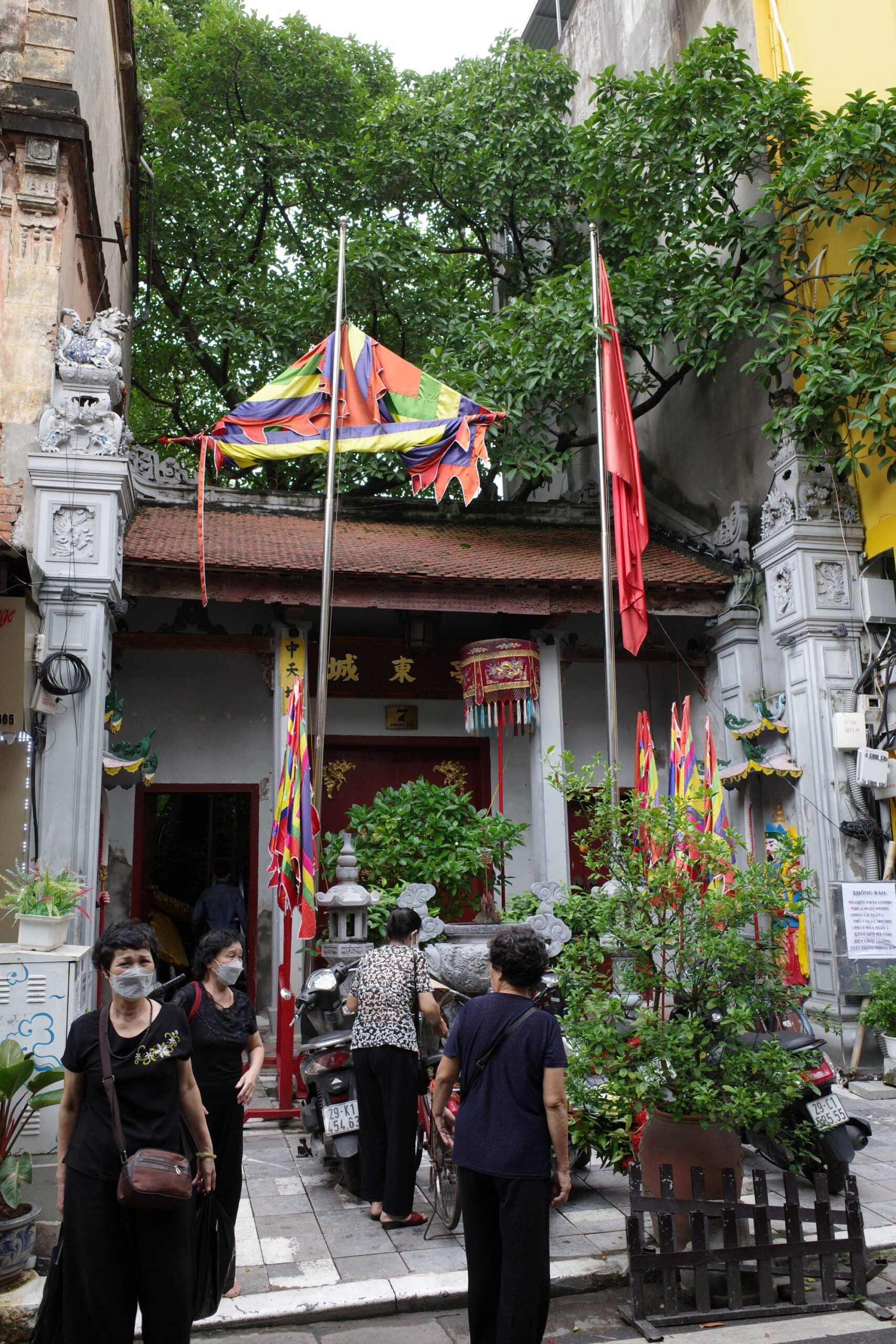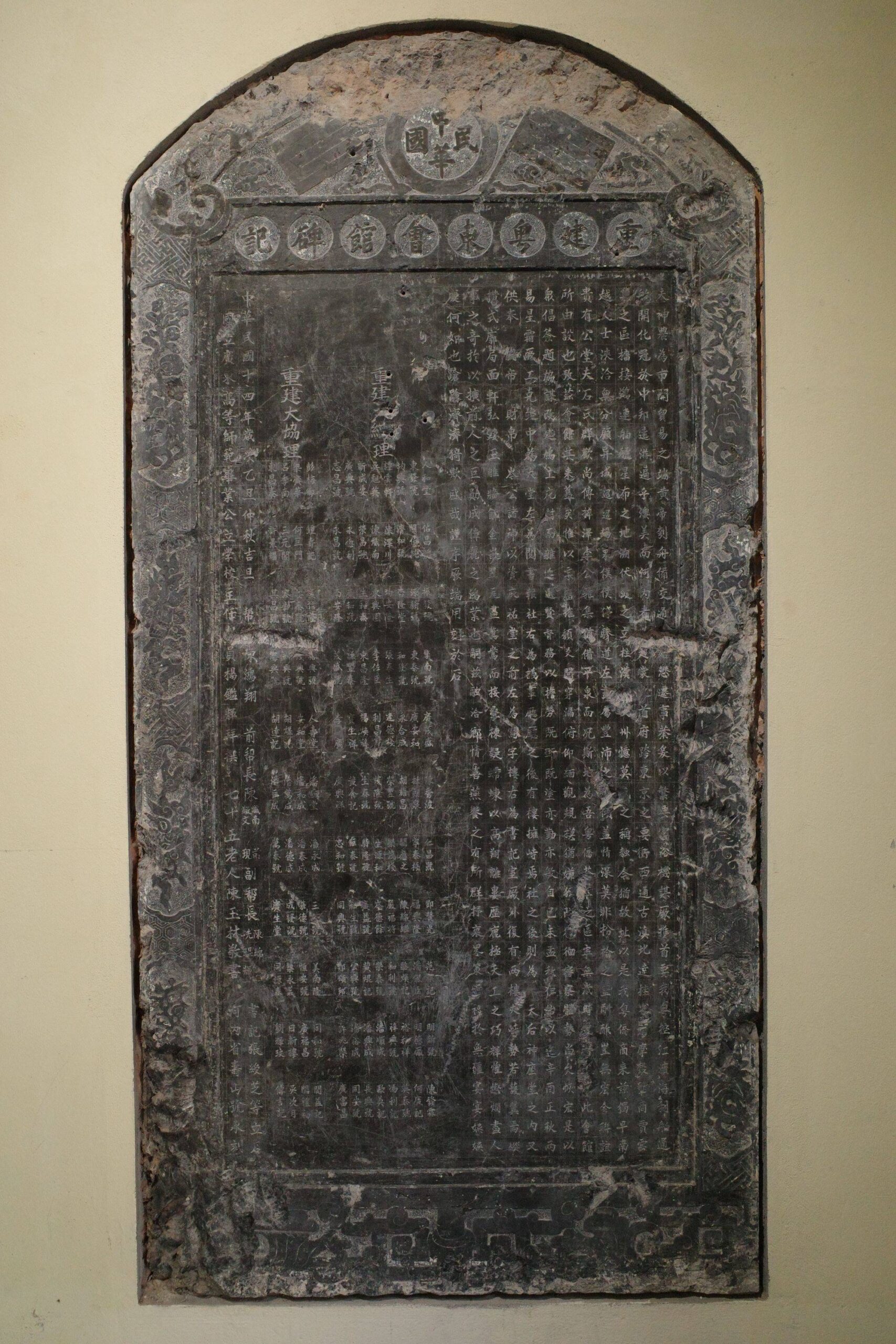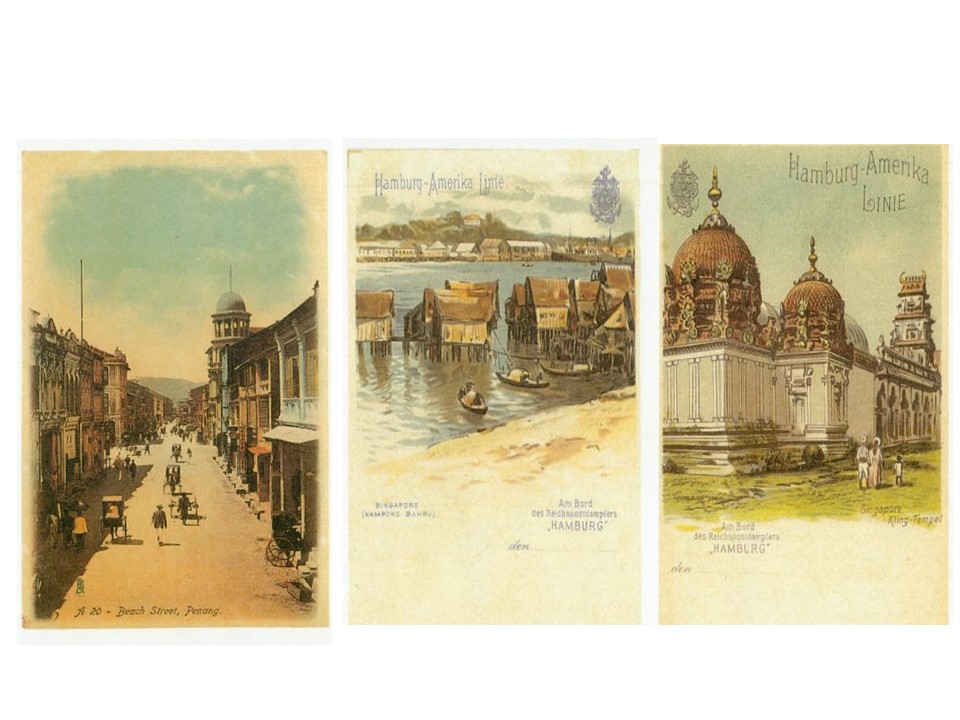Document-sharing through Use of the CSEAS Repository
"Basic study for urban transformation in old Hanoi city based on epigraphic analysis of religious architecture"
R5-6 6-1 (R5 AY2023)
| Project Leader | Ota Shoichi (Kyoto Institute of Technology, Design and Architecture) |
| Collaborators | Yano Masataka (The University of Tokyo The Institute of Sino-Nom Studies, Faculty of Economics, Resources and historical collections office) Nguyen Tuan Cuong (National Cheng Kung University) LEE Kuei-Min (Kyoto University, Center for Southeast Asian Studies) Shibayama Mamoru (Kyoto University, Center for Southeast Asian Studies) Kitani Kimiya (Kyoto University, Center for Southeast Asian Studies) |
| Research Project | Basic study for urban transformation in old Hanoi city based on epigraphic analysis of religious architecture |
| Countries of Study | Vietnam |
Purpose of Research, Its Significance and Expected Results, etc
The old quarter of Hanoi originated from the market town of Ke Cho in the 12th century, having layers of various cultural or religious heritages, which were also transformed through colonization, wars, or economic growth in the 19th to 21st centuries. These affect religious facilities such as Buddhist temples or vernacular shrines in Vietnamese called Chua, Den, Mieu, or Dinh, resulting in their restoration, transfer, conversion, or abandonment.
On the occasion of the subscription of the Thang Long citadel, located in the heart of Hanoi, to UNESCO’s World Heritage List, a comprehensive investigation of the historic sites was envisaged. However, because these sites were relatively recently constructed after the 19th century, their historical values are not sufficiently recognized, so consecutive research has not yet been discussed, and research reports have not yet been published.
Regarding this situation, this research project aims to establish a comprehensive data archive, which includes digital images captured from stales or bells of Hanoi’s old religious structures, books, maps, photographs, official reports of the colonial government, and documentation of on-site surveys at existing sites, and to investigate the transformation process of the Hanoi Old Quarter from the viewpoint of the transition of religious sites.
Inscription of stale or bell usually contains information about the local communities such as the reason for the foundation, list of donors, foundation years, etc. Based on the detailed analysis of these archives, this project envisages unveiling the transitional process of Hanoi in its modern time in terms of the transformation of conventional structures in the urban growth, the transition of religious sites caused by local communities or newly-founded religions, architectural metamorphoses through new technologies or economic growth.



